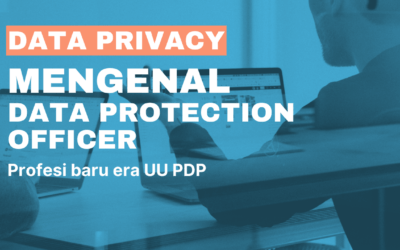While enterprises harness their data to create commercial value throughout the company, ensuring the integrity of this data is more crucial than ever. Building data quality, data validation testing, and aligning the data with your organization’s master data (such as goods, customers, assets, and locations) are crucial to ensuring consistency and accuracy in your reporting.
Whether you’re developing the newest container application or attempting to construct a data warehouse, you must guarantee that your data is consistent and of good quality. Although data quality isn’t the most exciting issue in technology, it’s one of the most critical for any data-driven firm.
What is Data Governance?
Data governance is a set of procedures, responsibilities, rules, standards, and measurements that assure an organization’s effective and efficient use of information in order to achieve its goals. It defines the processes and responsibilities that maintain the quality and security of data utilized within a company or organization.
Data governance specifies who can perform what actions, on what data, in what circumstances, and with what techniques. A well-crafted data governance plan is essential for every organization that deals with big data, and it will illustrate how your company benefits from uniform, standardized processes and responsibilities. Business drivers indicate which data must be properly regulated in your data governance plan and the expected advantages. This plan will serve as the foundation for your data governance architecture.
For example, if ensuring the privacy of healthcare-related data is a business priority for your data governance plan, patient data must be maintained securely as it passes through your organization. To guarantee compliance with applicable government laws, such as the GDPR, retention requirements (e.g., a history of who modified what information and when) will be specified.
What is MDM?
Master data is a sort of data that describes topics in business transactions, interactions, and events such as “who,” “what,” and “where.” The ‘who’ might be a consumer or an employee; the ‘what’ could be a product or service; and the ‘where’ could be a physical place, an office, or a virtual site.
Master Data Management (MDM) is a set of operational procedures that are managed and performed on the basis of people and technology in order to preserve and supply master data that is understood, trusted, controlled, and fit for purpose. Data Governance develops the rules and adjudication for operational operations across the master data life cycle, from creation through access, use, and disposal.
How to implement Data Governance using MDM?
Master data management is defined as a “holistic framework comprised of people, processes, and technology that optimizes data from many sources and makes it available when and where it is required.” A master data management endeavour is divided into three parts:
- Determine a Business Problem: An MDM process is either linked to a business objective or launched to solve a business problem. It is essential to have a clear picture of what you want to accomplish with an MDM activity.
- A Strategy for Master Data Management: An MDM strategy can help you set the framework for the activity and identify the activities you need to take to avoid failure.
- Expecting Problems & Hidden Costs: What possible challenges should you be aware of, and what should you do to avoid failure?
We will elaborate on each of the steps in the 2nd part.
Stay tuned




